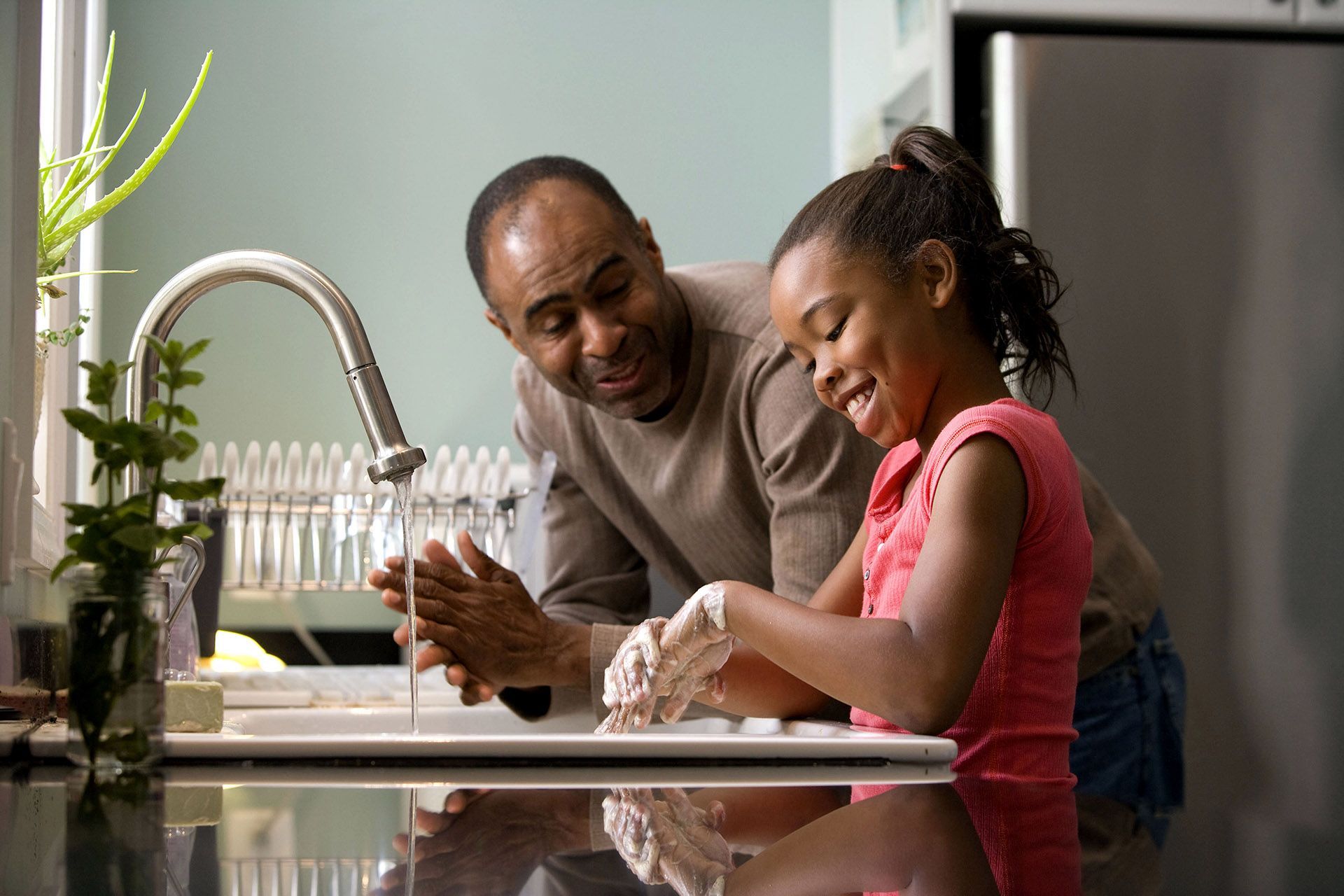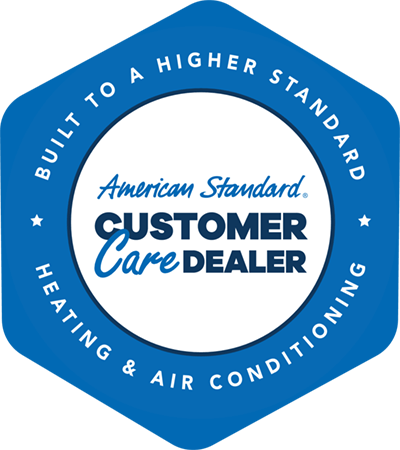Call or Text (216) 545-1776 to schedule service or installation
Blog | Financing | Specials | Now Hiring | Service Plans
10 Ways to Improve the Indoor Air Quality of Your Home
Healthy Home Checklist for Clean and Fresh Air
- Store volatile chemicals and cleaning products outside the home
- Keep pet beds and litter boxes away from heating and cooling system vents
- Run your heating and cooling system blower when vacuuming and keep vents unobstructed to keep airborne particulates from settling
- Change your furnace filter according to the manufacturer’s recommendations
Healthy Home Checklist for Humidity Control
- Always run your bathroom fan during and after showering
- Run your heating and cooling system blower to reduce condensation on windows
- Use oven hood fans when boiling, poaching or baking foods
Healthy Home Checklist for Comfort and Savings
- Run your heating or cooling system blower constantly to reduce hot or cold spots in your house
- Use ceiling fans to help increase circulation (with blades circulating air upward in winter and downward in summer)
- Keep heating and cooling system vents unobstructed by furniture or decorations
The EPA reports that indoor air quality can be 100 times worse than outside air. Airborne pollutants may include: dust, pollen, dirt, dander, carpet fibers, mold spores, dust mites, viruses, bacteria, gases, vapors, cleaning products, carpeting and more.
- Too much humidity can make you feel clammy, sweaty or sticky. Too
much humidity increases allergens and can cause wood warping and
wallpaper peeling.
- Too little humidity can cause sore throat, dry skin and sinus
irritation. Too little humidity can cause damage to furniture and wooden
floors and make you feel colder regardless of the temperature.
Heating and cooling costs are the #1 expense in American homes. In most homes, a single thermostat tries to keep an entire home comfortable. But with multiple floors and rooms of various sizes, that’s virtually impossible.
A Word About Indoor Air Quality and Energy Efficiency
The last decade has seen a revolution in the heating and cooling industry. New systems use up to 50% less energy. Plus, today’s homes are constructed “tighter” than ever – potentially trapping stale indoor air and pollutants.
Today’s indoor air quality systems must include temperature control,
humidity control, filtration, and ventilation. Regardless of the age of
your system, or if you currently use portables, updating to whole-home
solutions saves you time, trouble and energy costs and provides a
cleaner, healthier home.
Don’t regret calling the wrong company for heating, cooling, plumbing, or electrical services. Make the Smart Choice and call Gorjanc Home Services at (216) 545-1776.
Gorjanc Home Services is Northeast Ohio’s Smart Choice for heating, cooling, plumbing, and electrical service since 1963.
OH Lic# 18275






